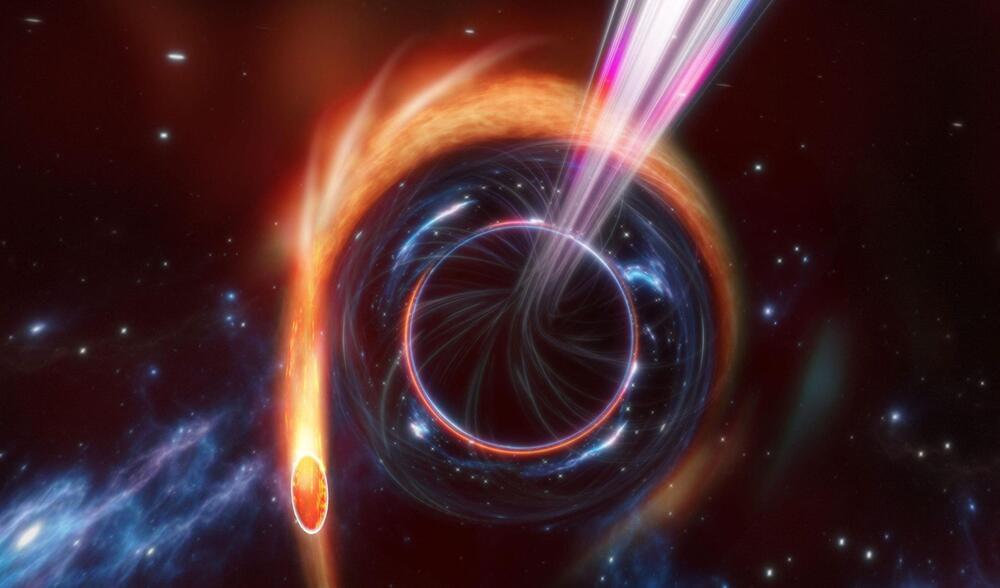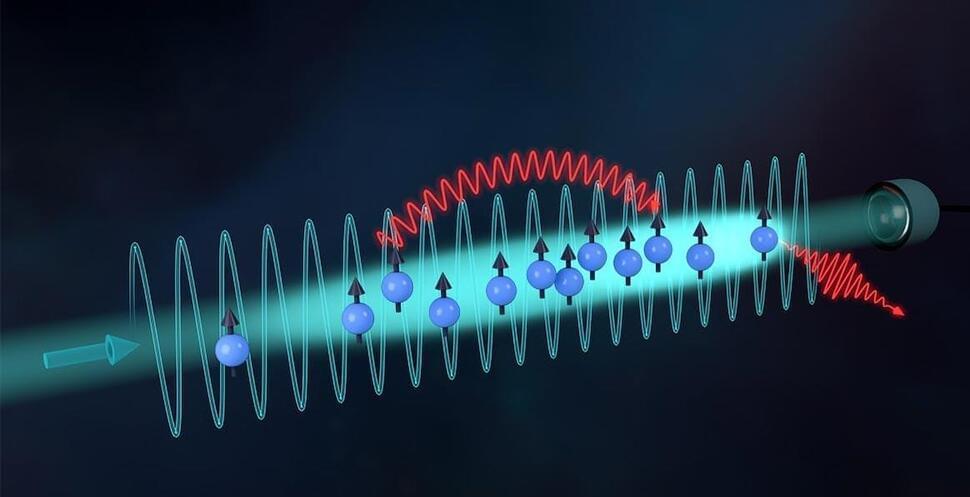With so much fascinating research going on in quantum science and technology, it’s hard to pick just a handful of highlights. Fun, but hard. Research on entanglement-based imaging and quantum error correction both appear in Physics World’s list of 2024’s top 10 breakthroughs, but beyond that, here are a few other achievements worth remembering as we head into 2025 – the International Year of Quantum Science and Technology.
Quantum sensing
In July, physicists at Germany’s Forschungszentrum Jülich and Korea’s IBS Center for Quantum Nanoscience (QNS) reported that they had fabricated a quantum sensor that can detect the electric and magnetic fields of individual atoms. The sensor consists of a molecule containing an unpaired electron (a molecular spin) that the physicists attached to the tip of a scanning-tunnelling microscope. They then used it to measure the magnetic and electric dipole fields emanating from a single iron atom and a silver dimer on a gold substrate.








